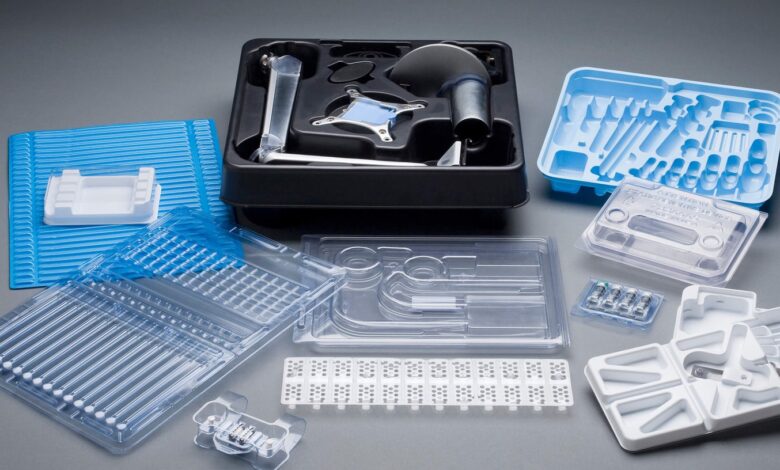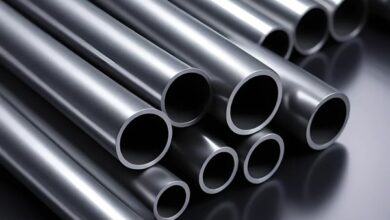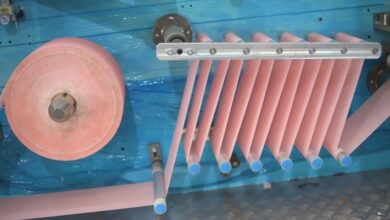Thermoformed Vacuum Plastic Parts: Meeting Regulatory Standards

Thermoformed vacuum plastic parts play a crucial role in various industries, from automotive and aerospace to medical devices and consumer electronics. However, ensuring that these parts meet regulatory standards is essential to guaranteeing their safety, performance, and compliance with industry requirements. This article explores the importance of meeting regulatory standards in the production of Thermoformed Vacuum Plastic Parts and the strategies employed to achieve compliance.
Introduction
Thermoforming is a manufacturing process thick gauge thermoforming used to create a wide range of plastic parts by heating a thermoplastic sheet and forming it over a mold using vacuum pressure. While thermoformed parts offer numerous benefits, including cost-effectiveness and design flexibility, ensuring their compliance with regulatory standards is critical to their acceptance in the market and their safe use in various applications.
Regulatory Standards in Different Industries
Automotive Industry
In the automotive industry, Thermoformed Vacuum Plastic Parts must meet stringent regulatory standards to ensure safety, reliability, and performance. These standards may include requirements related to material properties, flammability, impact resistance, and dimensional tolerances. Compliance with regulations such as ISO 9001, ISO/TS 16949, and ASTM D4727 heavy gauge thermoforming is essential for automotive manufacturers to maintain quality and meet customer expectations.
Aerospace Industry
Thermoformed Vacuum Plastic Parts used in aerospace applications must adhere to strict regulations set forth by organizations such as the Federal Aviation Administration (FAA) and the European Aviation Safety Agency (EASA). These regulations cover aspects such as material selection, structural integrity, fire resistance, and electromagnetic compatibility (EMC) to ensure the safety and airworthiness of aircraft components.
Medical Device Industry
In the medical device industry, Thermoformed Vacuum Plastic Parts are subject to regulations enforced by regulatory bodies such as the U.S. Food and Drug Administration (FDA) and the European Medicines Agency (EMA). These regulations govern aspects such as biocompatibility, sterilization, traceability, and labeling to ensure the safety and effectiveness of medical devices and equipment.
Compliance Strategies
Material Selection
Choosing the right materials is essential for ensuring compliance with regulatory standards. Thermoformed Vacuum Plastic Parts must be made from materials that meet the specific requirements of the intended application and regulatory guidelines. Manufacturers must carefully assess factors such as material biocompatibility, chemical resistance, and mechanical properties to ensure suitability and compliance.
Quality Management Systems
Implementing robust quality management systems (QMS) is crucial for ensuring compliance with regulatory standards throughout the manufacturing process. Adhering to standards such as ISO 13485 for medical devices and ISO 9001 for general quality management helps manufacturers establish and maintain effective quality control procedures, documentation, and traceability systems.
Testing and Validation
Thorough testing and validation are essential for verifying the performance, safety, and compliance of Thermoformed Vacuum Plastic Parts. Manufacturers must conduct a range of tests, including mechanical testing, material characterization, and environmental testing, to ensure that parts meet regulatory requirements and industry standards. Validation activities may include prototype testing, accelerated aging studies, and risk assessments to identify and mitigate potential hazards.
Documentation and Traceability
Maintaining comprehensive documentation and traceability records is critical for demonstrating compliance with regulatory standards. Manufacturers must maintain detailed records of materials, processes, testing results, and quality control measures throughout the production lifecycle. Proper documentation enables traceability of parts and facilitates regulatory audits, inspections, and certifications.
Conclusion
Meeting regulatory standards is paramount in the production of Thermoformed Vacuum Plastic Parts across various industries. Compliance with regulations ensures the safety, performance, and quality of parts, instilling confidence in customers and regulatory authorities. By adopting strategies such as material selection, quality management systems, testing and validation, and documentation and traceability, manufacturers can achieve and maintain compliance with regulatory standards, ensuring the acceptance and success of Thermoformed Vacuum Plastic Parts in the market.



